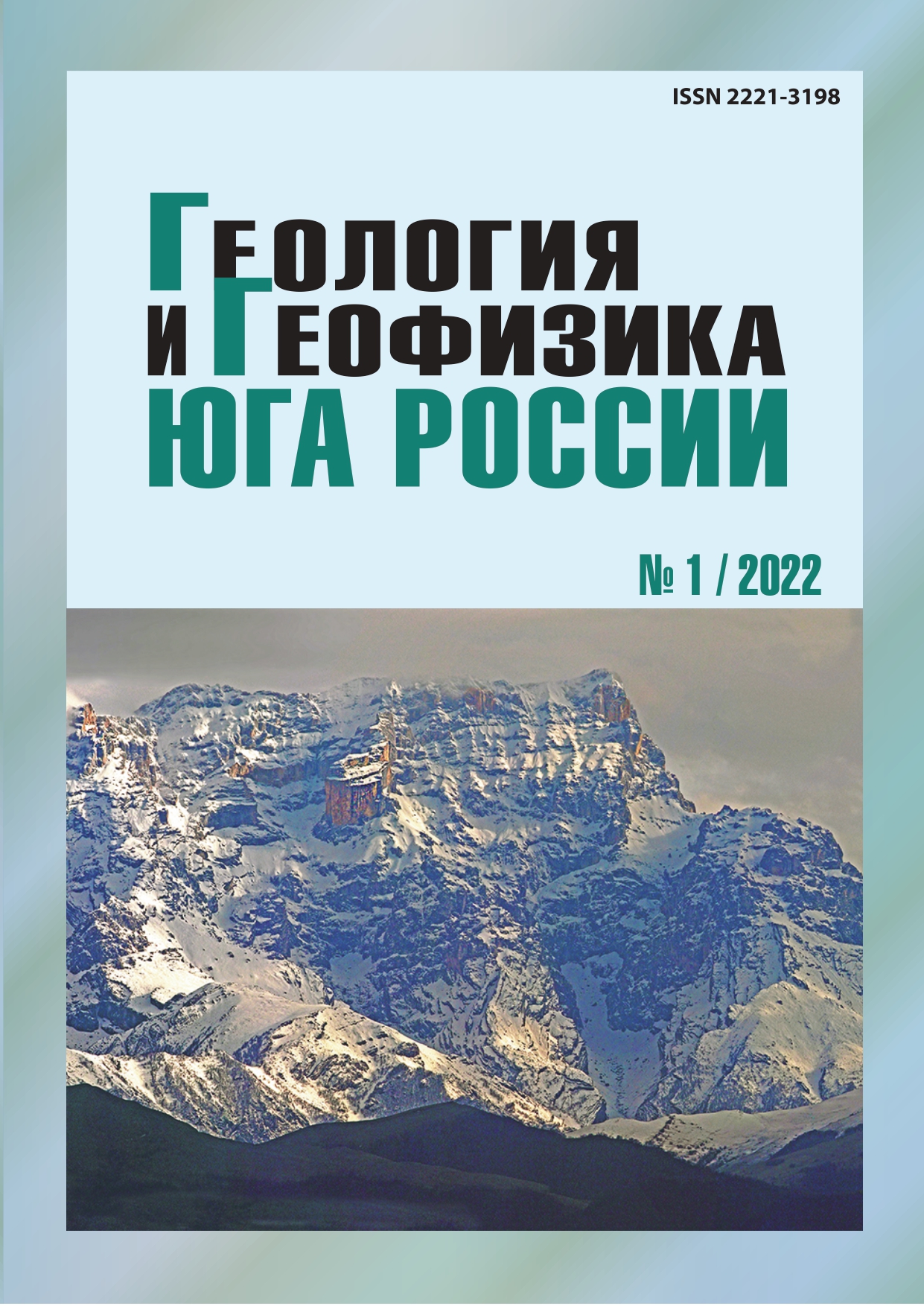Chemical composition and certain features of mineral formation in the river sediments of the Seversky Donets River basin (within the Rostov region)
Abstract
Relevance. Eastern Donbass is a regional natural-technogenic geochemical anomaly zone, where coal deposits and coal mining enterprises are located. Historically, this is one of the most environmentally problematic areas of the Rostov region and the South of Russia in general. One of the most significant geoecological problems within this area is the deterioration of small rivers’ state, which has been greatly influenced by the coal industry for many years. Primarily it has been influenced by technogenic mine waters carrying tens and hundreds of thousands of tons of heavy metals, especially iron and manganese. As a result, the chemical composition of water column and river sediments has changed, and the mineralogical composition of sediments has transformed. Aim of research is to study the chemical composition and reveal certain features of mineral formation in the river sediments of the Seversky Donets River basin. Methods. The content of rock-forming oxides was determined by the common method of silicate analysis. The grain size analysis of samples and the mineral composition of the separated fractions were studied by conventional methods. Further data processing and interpretation has carried out using classical geochemical diagrams. Results. It has been established that the river sediments of the Seversky Donets River basin are extremely heterogeneous in terms of grain size, chemical and mineral composition. These are sandy-silty, clayey and poorly sorted sediments. It has revealed that river sediments within the study area are formed due to the combined influence of natural and anthropogenic factors. Among the latter, technogenic mine waters and products of the physico-chemical transformation of rock dumps in the form of technogenic talus and proluvium play a specific role. The decrease in the degree of technogenic impact in recent years and the exchange processes in the “water – river sediments” system have determined the low degree of alluvium pollution in the most rivers within the basin with iron, manganese and other metals. The processes of authigenic mineral formation occurring at the stage of diagenesis promote the conversion of iron and, probably, associated metals into relatively inert forms. The most striking example of such processes are neogenesis of magnetite due to reducing effect of decaying organic matter with iron hydroxides as matter supply.


